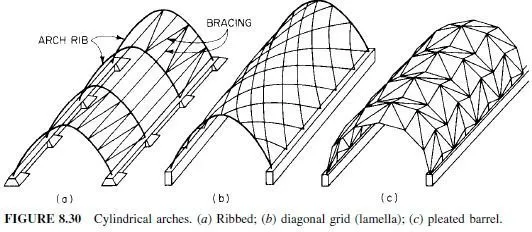In the Brinell hardness test, a small spherical ball of specified size is forced into a flat steel specimen by a known static load. The diameter of the indentation made in the specimen can be measured by a micrometer microscope. The Brinell hardness number may then be calculated as the ratio of the applied load, in kilograms, to the surface area of the indentation, in square millimeters. In practice, the hardness number can be read directly from tables for given indentation measurements.
The Rockwell hardness test is similar in principle to the Brinell test. A spheroconical diamond penetrator is sometimes used to form the indentation and the depth of the indentation is measured with a built-in, differential depth-measurement device. This measurement, which can be read directly from a dial on the testing device, becomes the Rockwell hardness number.
In either test, the hardness number depends on the load and type of penetrator used; therefore, these should be indicated when listing a hardness number. Other hardness tests, such as the Vickers tests, are also sometimes used. Tables are available that give approximate relationships between the different hardness numbers determined for a specific material.
Hardness numbers are considered to be related to the tensile strength of steel. Although there is no absolute criterion to convert from hardness numbers to tensile strength, charts are available that give approximate conversions (see ASTM A370). Because of its simplicity, the hardness test is widely used in manufacturing operations to estimate tensile strength and to check the uniformity of tensile strength in various products.



